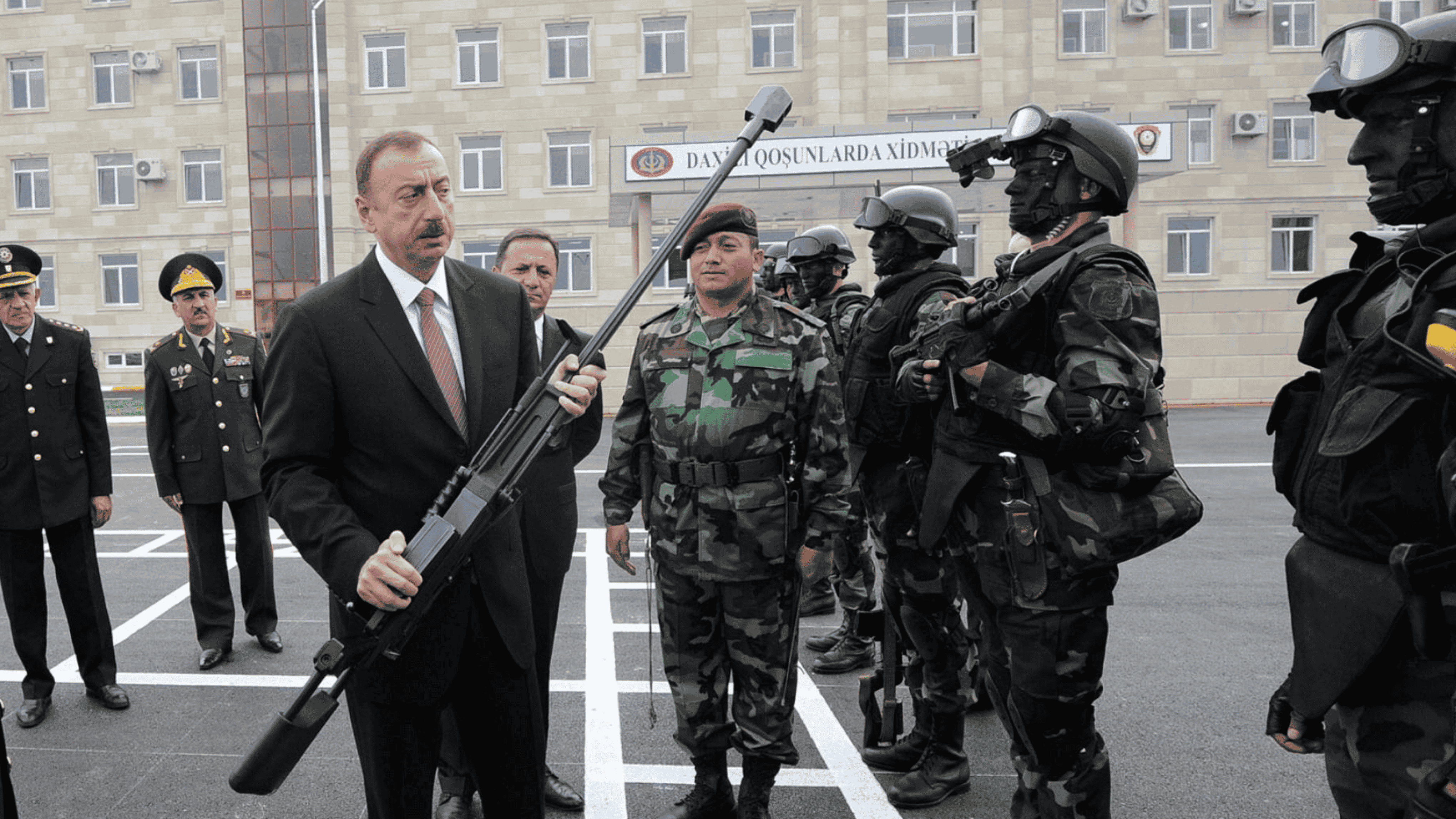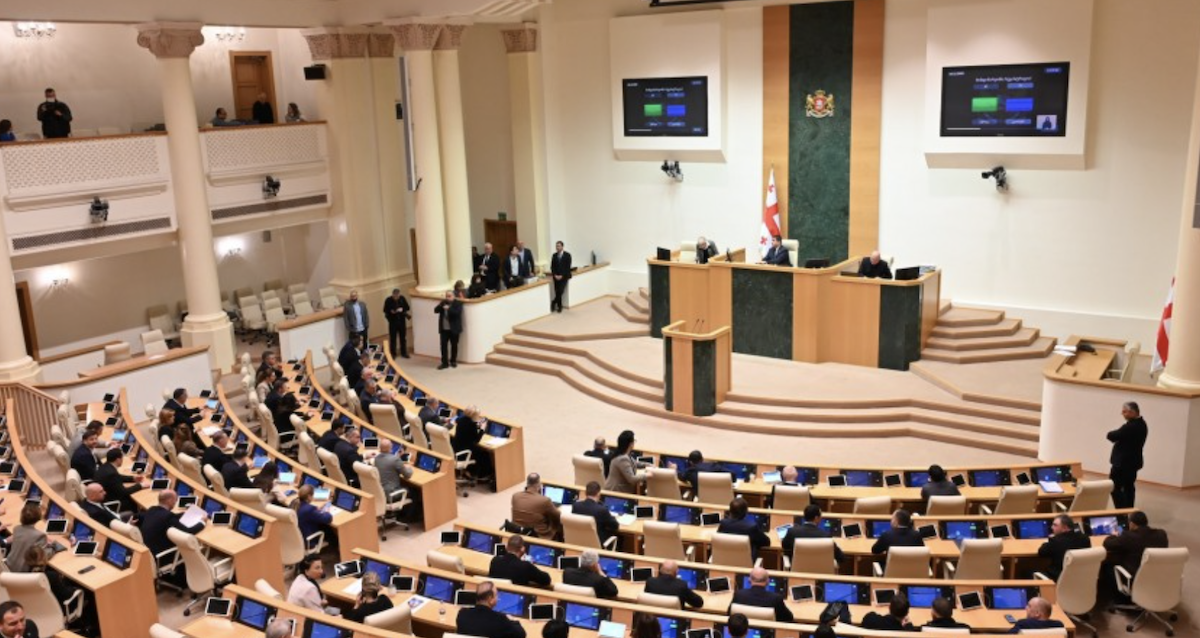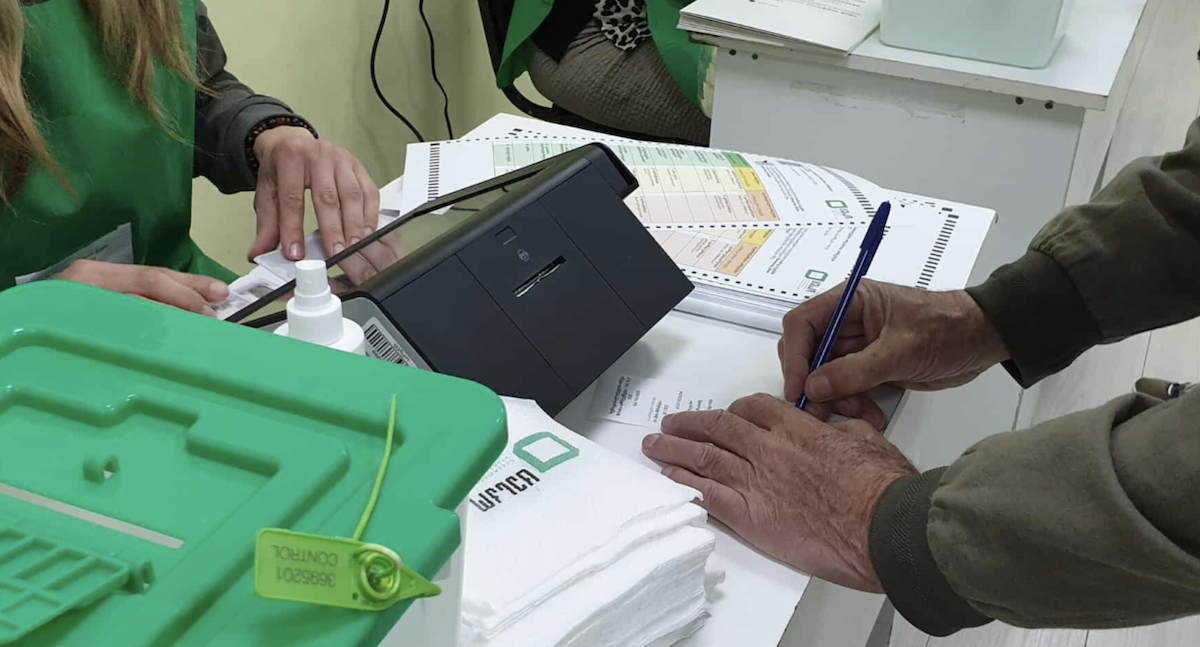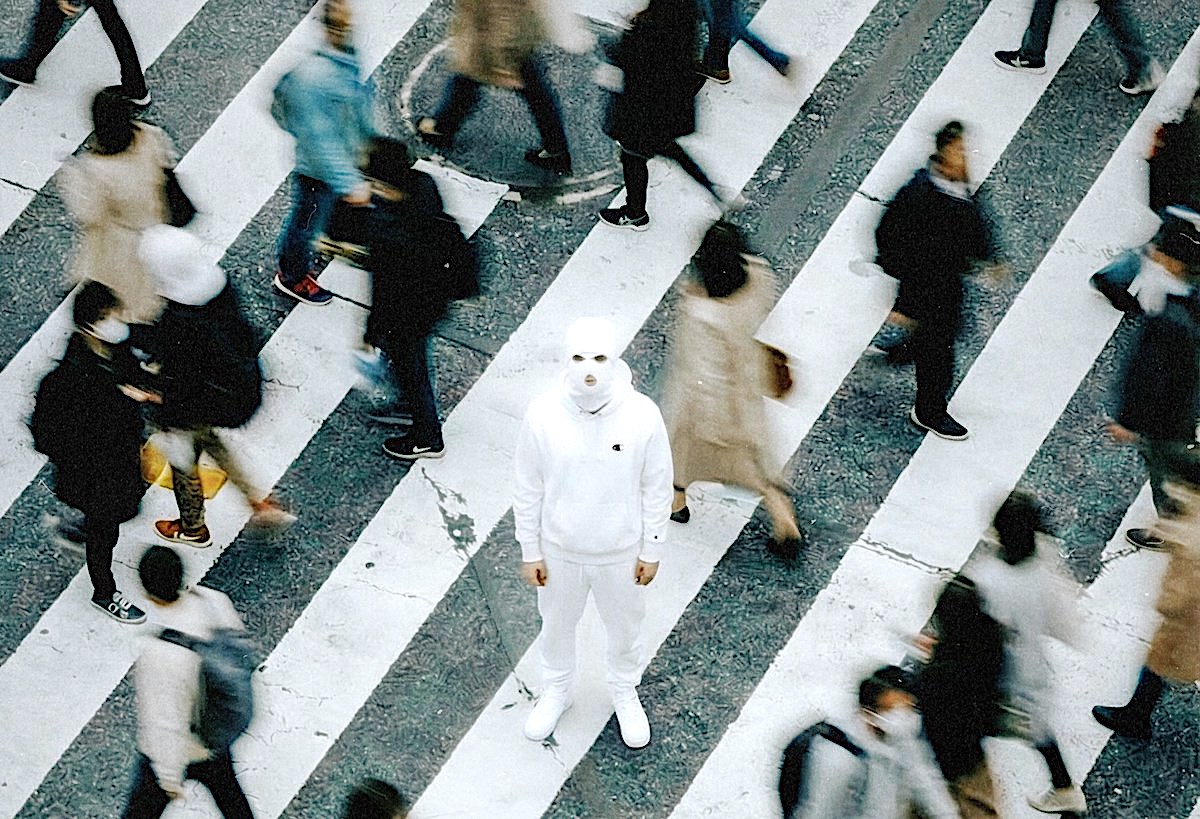Why Armenia can’t cope with corona
Why has Armenia, with its modest geographical size and only two open land borders before the pandemic – Georgia and Iran – become the regional leader in coronavirus infections?
Doctors and experts, and even ordinary citizens are closely monitoring the statistics in Armenia in order to try to find at least a few positive trends.
Every day at 11:00 am, when the Ministry of Health updates the data on the number of infected and recovered, people dive deeper into the data, comparing the new numbers with statistics from previous days. The figures are still disappointing.
In total, about 2,000 tests are carried out in the country every day, and 25-33% of them are positive.
This picture has remained unchanged for several weeks. There are two possible conclusions to be drawn.
The first is that the authorities and the commandant’s office managed to prevent the complete spread of the virus, and the growth dynamics stabilized. The second is that it has become impossible to take another step towards overcoming the epidemiological crisis in Armenia.
Read more for an analysis of the situation and what exactly went wrong.
● Armenia lines up for future coronavirus vaccine
● Armenia’s ‘agro-revolution’ – transforming forlorn villages into tourism hotspots
How patients are treated in Armenia – concrete examples
If someone has symptoms, they first go to the clinic in the area in which they are registered. The local doctor first prescribes several preliminary tests, then, if necessary, a coronavirus test.
It took Mher Barseghyan 8 days before he could take the test. He lives with his mother. And she was the one who first started experiencing symptoms – a severe headache and weakness. Then he got a fever. At first, the young man thought he had a cold:
“I tried to take the virus test as quickly as possible. As it turned out, it’s not that easy. I called the doctor in the clinic. At the same time, my mother’s condition worsened. The disease affected her more. At the polyclinic, they made me get an X-ray and prescribed antibiotics. My mother could not go to the clinic because she was very weak. My condition did not improve, and the doctor ordered a test for us.”
It came back positive, and the family was ordered to self-isolate for two weeks.
After a few days, the conditions of both son and mother began to improve, but the weakness and high temperature remained for almost a week.
“Considering how overloaded the healthcare system is, I am very glad for the attention and treatment we received. I don’t know why the test was so delayed. Maybe they didn’t have enough. But in that situation, people want to know their diagnosis as quickly as possible in order to take whatever measures are necessary.”
In early June, the Armenian health care system was at its most overburdened. An incident occured when a patient died because it was not possible to hospitalize him on time due to the lack of free beds in hospitals.
However, the authorities managed to repurpose several more medical institutions to treat of patients with coronavirus. And if a new surge of infections does not occur, the Armenian healthcare system is no longer at risk of collapsing.
Why was Armenia unable to ward off the threat of coronavirus?
Among the factors that should have helped to avoid the spread of coronavirus in Armenia, many mention the fact that two of the country’s borders-with Turkey and Azerbaijan-have been closed since the 90s. Armenia closed the border with Iran on February 24 in connection with the epidemic, and on March 13 with Georgia.
Political scientist Alexander Iskandaryan believes that the authorities were too late in introducing restrictions and the quarantine regime:
“On March 1, the first confirmed case of infection appeared in Armenia. It was a citizen of Armenia who returned from Iran, and then several infected people flew in from Italy. However, until mid-March, no serious measures were taken to prevent the epidemic in Armenia. The authorities came out with comforting reports that there was no reason for panic, the situation was under control. A few days before the introduction of the state of emergency, officials said there was no need to stop flights from European countries, including Italy.”
The expert believes that the authorities chose not to introduce restrictions for political reasons.
The coronavirus fell on Armenia in the midst of a period of political campaigning before the referendum on constitutional changes, which was initiated by the ruling political force. Introducing the state of emergency meant that the referendum would be postponed. In the end, the authorities had to implement it, and the referendum was finally canceled.
“As early as March 11, that is, five days before the state of emergency was announced, Prime Minister Nikol Pashinyan traveled around the country, urging citizens to vote during the referendum in early April. With a continually high degree of legitimacy, the authorities could afford this kind of policy in the hope that the problem would pass over Armenia and it would be possible to limit itself to closing the borders with Iran and cancelling flights to and from China. As a result, measures to combat the pandemic were delayed. Later, in one of his addresses, the prime minister admitted that the government had made a mistake.”
Another factor that prevented the timely introduction of quarantines was the desire to avoid an economic collapse.
Against the background of last year’s results, the Pashinyan government planned for a high level of economic growth this year as well. At the initial stage, it was not easy to put an end to these plans. And only then did people begin to gradually understanding how serious the virus was. But even in these conditions, the authorities could not afford a long lockdown. The tough quarantine regime began on March 16, and in the beginning of May, they had already begun to ease it.
And now the prime minister still occasionally declares his willingness to close the factories again and send the economy on a temporary vacation, but in reality, this would be an extremely difficult move to make. Data from April and May showed that this year, the economic indicators will be in the negatives. The government openly declares that reimposing restrictions is the least desirable option.
The government blames the people
Some restrictions continue to be in effect in Armenia. After the quarantine was lifted in the country, there was still a strict requirement to wear a mask both in open and closed spaces. If cars are carrying more than one person, including the driver, both must wear masks. The only thing people are permitted to do without a mask is play sports. Only recently, people with certain medical conditions are allowed to go maskless. They will not be fined if they have a certificate from a doctor verifying their condition.
The restriction on mass gatherings and events continues to apply. The streets of Yerevan are patrolled by police. And on social media, people now and then post videos of police catching violators.
The authorities are unhappy with citizens’ imperfect compliance with security measures and believe that this is the main reason that the virus spread. The prime minister reported that 3,000 people are fined daily for not wearing a mask.
“Our goal is not to fine anyone. On the contrary, speaking of fines, we want to push citizens to wear masks, especially since they have already been proven at an international level to be effective,” said Pashinyan.
Who do citizens blame?
Although the coronavirus continues to spread in Armenia, and the death toll is already approaching a thousand, people do not blame the authorities.
A JAMnews poll on the streets of Yerevan showed that they believe the main reason for the spread of the virus is the unwillingness of some of the country’s residents to comply with security measures.
Here is what people said:
“The government is doing fine fighting the virus. We must be there and help them, we can’t just criticize. But I see that people aren’t willing to comply. Because if we all follow the established rules, the situation will improve. ”
“I think that if the fines were higher, more people would wear masks.”
“The government does what it can. The rest depends on us. The people should help the government, but now everyone is just complaining.”
The fact that the residents of Armenia do not blame the government in this situation is confirmed by the results of sociological surveys. A study conducted by GALLUP International in June states that during a time when the number of new infections is growing by upwards of 500 people a day, the government still has a 67.9% approval rating. Prime Minister Nikol Pashinyan’s personal approval rating is 85%.




















